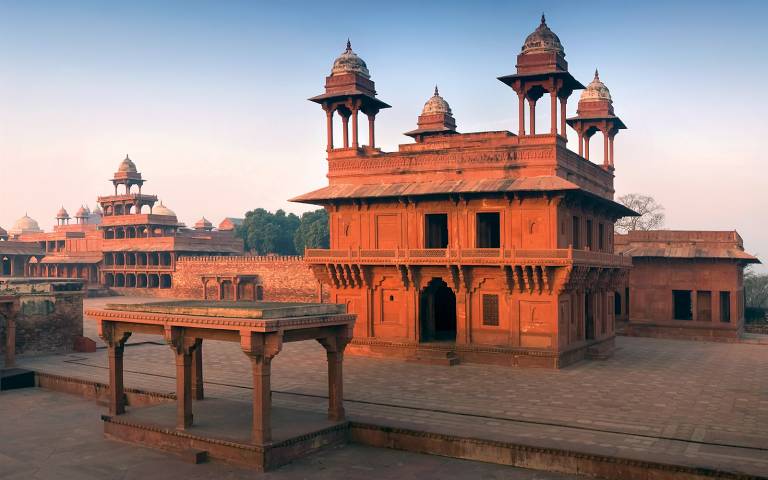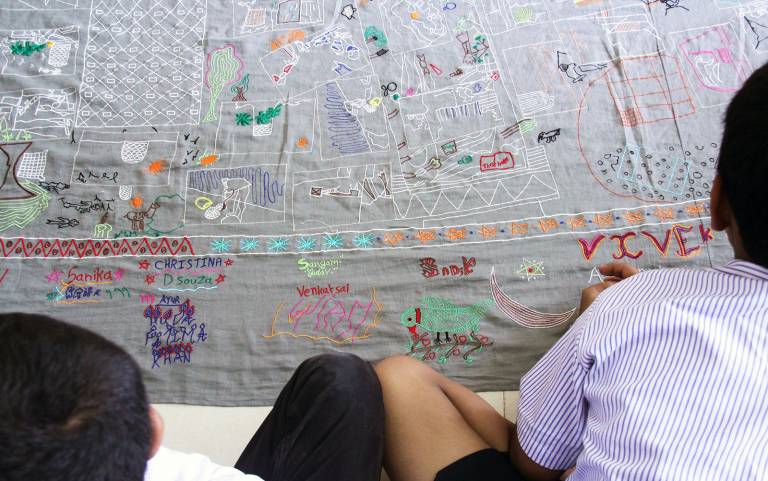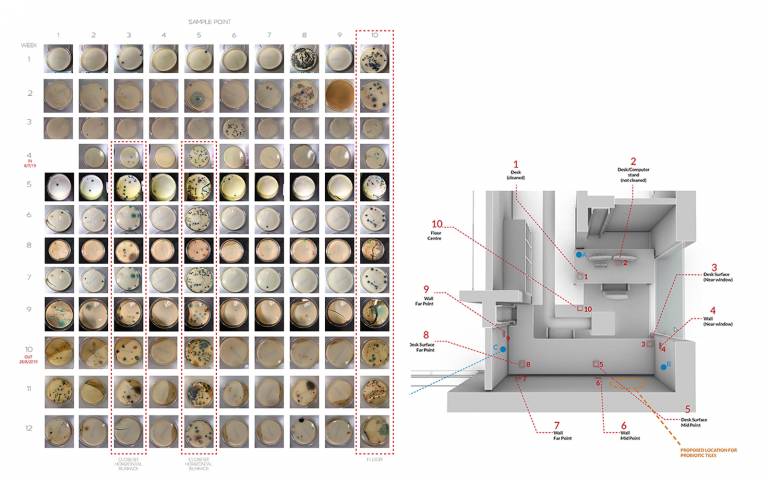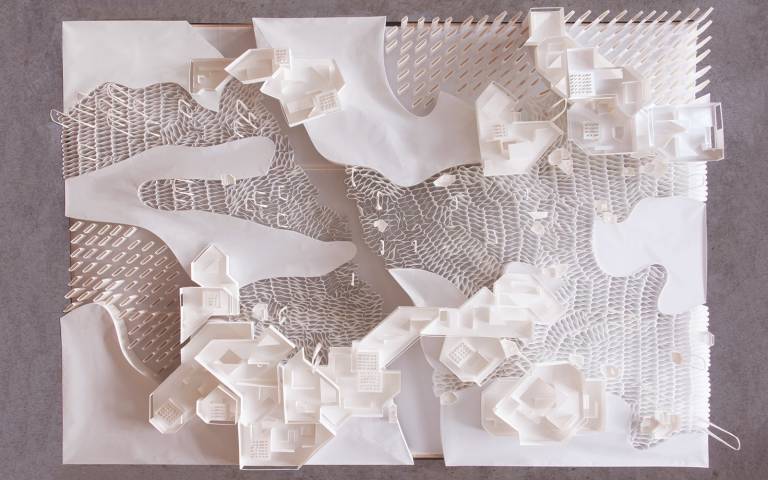Bartlett Research Shortlisted for 2020 RIBA President’s Awards
6 January 2021
Four research projects from Bartlett staff and alumni have been shortlisted for this year’s RIBA President’s Awards for Research.

The RIBA President’s Awards for Research recognise the best global research in the fields of architecture and the built environment. The prestigious awards are divided into four categories, with Bartlett staff and alumni receiving nominations in three of them.
History and Theory

Murray Fraser and Catherine Gregg (RIBA)
Global perspectives on architectural history: reformulating Banister Fletcher for the 21st century
This essay describes the research project resulting in the 21st Edition of Sir Banister Fletcher’s Global History of Architecture, published by Bloomsbury and available digitally as the centrepiece of the Bloomsbury Architectural Library, a major online resource. First published back in 1896, what is widely referred to as a 'Banister Fletcher' proved the longest-lived and most successful of global architectural history surveys. Yet it came with its ideological problems, which therefore frame the essay’s text. How should we treat an inherited artefact like Banister Fletcher today? This essay outlines the ways in which the research team reshaped Banister Fletcher for an age of globalisation – dealing with inherited problems of cultural bias, tendentious illustrations, and falsely unitary authorial voice. As the largest research project to date in architectural history, it also makes the case for a diverse, globally balanced, open-sourced and networked mode of scholarship that employs technologies like the Internet for more collaborative, trans-spatial methods of thinking, researching and disseminating.
Cities and Community

Nicola Antaki
A learning architecture: developing a collective design pedagogy in Mumbai with Muktangan schoolchildren and the Mariamma Nagar community
This interdisciplinary research proposes an idea for a socio-spatial learning practice that involves schoolchildren in the production of their city, to encourage multiple intelligences, and develop practices of responsible citizenship. Sited in Mumbai in collaboration with the education Non-Governmental Organisation (NGO) Muktangan, it includes a series of pedagogic urban experiments investigating the city’s potential to house active citizenship practices by children, between 2012 and 2017. Facilitated by designers, children become active citizens through design and work with local craft as a political design tool.
Design and Technical

Richard Beckett
Probiotic Design
This research proposes a novel probiotic design approach towards designing healthy buildings in relation to beneficial microbes. It fundamentally challenges modern approaches to healthy buildings that assume fewer microbes as the default healthy condition. Evidence suggests that separation of the human from the non-human has gone too far and that missing microbes are playing a role in the emergence of chronic and autoimmune illnesses observed in developed cities. The research uses an interdisciplinary approach between microbiology and architecture to develop living materials embedded with beneficial bacteria for buildings to directly shape the indoor microbiome towards a healthier microbial condition. It explores this through a range of scales from the micro scale of the material and microbe up the macro scale of indoor environment and the body. This approach utilises a mix of in vitro and in silico methodologies to explore the design, fabrication and survival of living probiotic materials which are then scaled up to the building scale as a series of probiotic tile surfaces and installed in a test space to monitor their effect on the indoor microbiome.

Yeoryia Manolopoulou
Open scoring in architecture
This project draws on research in chance-aided design, expanding the field of inquiry from the individual to the collective. It focuses on the complex cognitive and productive possibilities that emerge within a group of designers who welcome plurality and performance in their practice via the use of an architectural score. Scores use textual, pictorial or numeric notations to describe and structure a process that occurs over time. Whilst linear scores specify an ordered sequence of events, open scores are less-hierarchical and can allow participants to invent and adapt the units and relations of an ensemble temporally and spatially. Through an examination of an architectural score and workshop that I developed for the Université du Québec à Montréal, named Lattice, and an exploration of the ideas underpinning it, I will show that one of the advantages of open scoring in architecture is the way in which it encourages both autonomy and collaboration.
Congratulations to all staff and alumni who were shortlisted for an award. The winners will be announced by RIBA on 19 January 2021.
More information
- Images
1. Diwan-i-Khas, Fatephur Sikri, Uttar Pradesh, India (1570s)
2. Tapestry is an embroidered translation of Muktangan Schoolchildren's map of their Mumbai neighbourhood made by local craftspeople. Nicola Antaki with Muktangan School and Mariamma Nagar craftspeople, Mumbai, 2014
3. Reducing the pathogenicity of a workspace through probiotic manipulation of the indoor microbiome - Richard Beckett
4. Lattice (performance I), Montreal, 2017. Aerial view of the collaborative construction (251cm x 182cm) on Day 7. © Yeoryia Manolopoulou and UQAM.
 Close
Close

